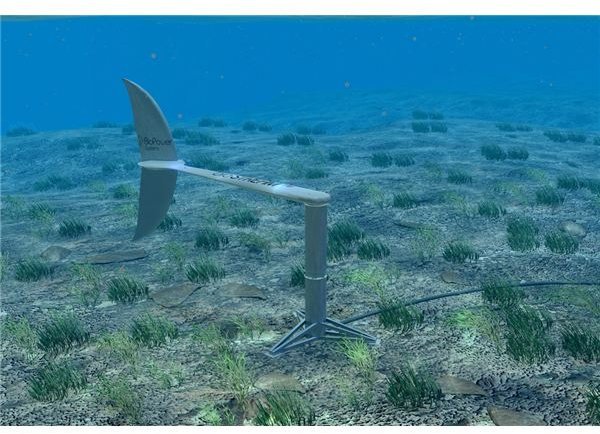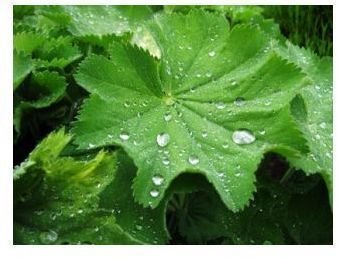What Is Biomimicry and Where It is used?
What is Biomimicry?
Biomimicry or Bionics is a system used to mimic and adopt the natural systems used by various marine organisms that are used to sustain and survive, in order to design and create engineering structures and modern technology. This means that Bionic is a combination of Biology + Engineering.
Imitating the biological traits in engineering systems helps in creating new technologies for harnessing renewable energy from nature. Bionics is the method of replicating the different evolutionary processes of flora and fauna that have made them compatible with the surrounding environment.
Examples
The surface of the lotus flower plant generates a coating that not only makes it water-resistant, but also prevents anything from sticking to its surface. (This is also known as the lotus effect.) Many water and dirt repellent paints are made Imitating the same phenomena. Many types of equipment have been made previously on the basis of biomimicry. For example, the hulls of boats imitates the skin and shape of marine mammals, and sonar and radar imitate the method of echolocation used by bats, etc.
Bionics is also used in the field of medical and computer science for generating artificial neurons, and swarm and artificial intelligence.
Biomimicry and Renewable Energy
Nowadays, Biomimicry is used by many renewable energy companies in order to generate reliable and efficient green energy. Biopower Systems is one such company that uses biomimicry in various ways to generate energy from the marine environment. Most of the implements developed by Biopower reside beneath the ocean surface, in harmony with the living creatures that have inspired their own design.
The company has developed implements to utilize both tidal and wave power.
The three main technological systems that the company has already put to use are Biowave, Biostream and Biobase.

Biostream
Biostream system utilizes the biological traits of marine species such as shark and tuna. The propulsion system used by these species is known as Thunniform mode of swimming. These organisms are supposed to be extremely efficient in converting body energy into propulsive force. The structure and design of biostream is similar to these organisms. The system has a shape almost similar to the tail of marine fishes. The Biostream system is fixed to the ocean bed and allowed to move freely in the stream, mimicking the shape and motion of natural species.
The power generation mechanism is similar to a reversed propulsion system which utilizes the energy of the passing flow in order to drive a device against the resistive torque of the O-drive electrical generator.
As the system has a single point of rotation, the device can align with the flow of any direction. The single point of rotation mechanism makes the system extremely simple in construction and assures a streamlines configuration in order to avoid excess loading.
Systems with a power rating of 250, 500 and 1000 kilowatts are used according to the requirement of the location where the systems are fixed. Now before learning about other systems let’s take a look as to what is an O-drive generator.

O-Drive Generator
The O Drive generator was developed and is used by Biopower Systems in order to convert ocean energy into mechanical energy. The electrical generator converts the low-speed large torque oscillations into pure A.C power by means of an oscillating mechanism built over a single axis. This modular and self contained device consists of a single stage reciprocating gear mechanism which is directly connected to a magnet generator. The synchronous direct drive permanent magnet generator with high inertia flywheel results in a smooth and continuous supply of unrestricted A.C power.
In the next article we will learn about Biowave and Biobase systems and advantages of the same.
References
Treehugger website , The lotus effect
Biomimicry: Innovation Inspired by Nature. 1997 by Janine Benyus
Image credits
